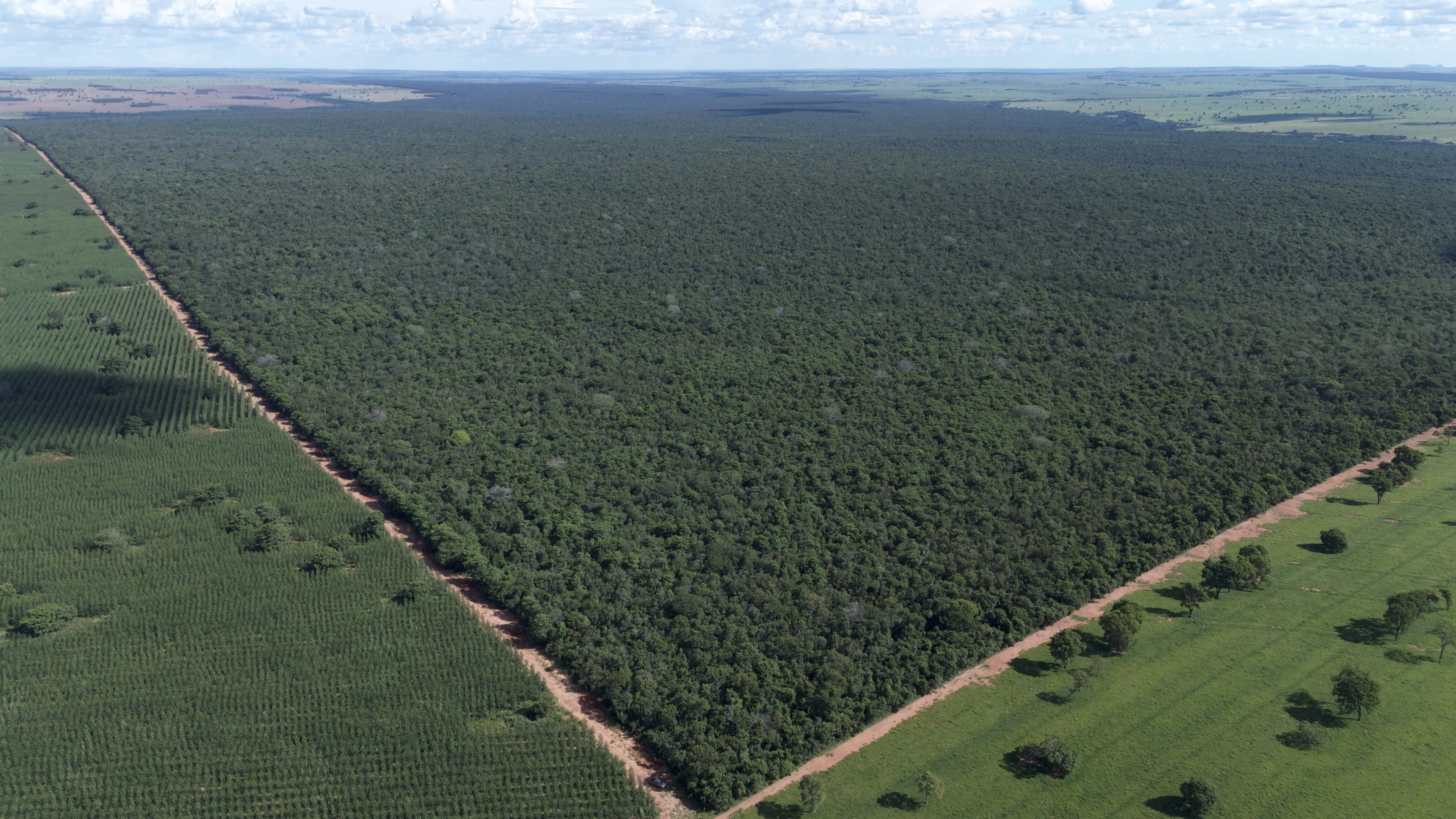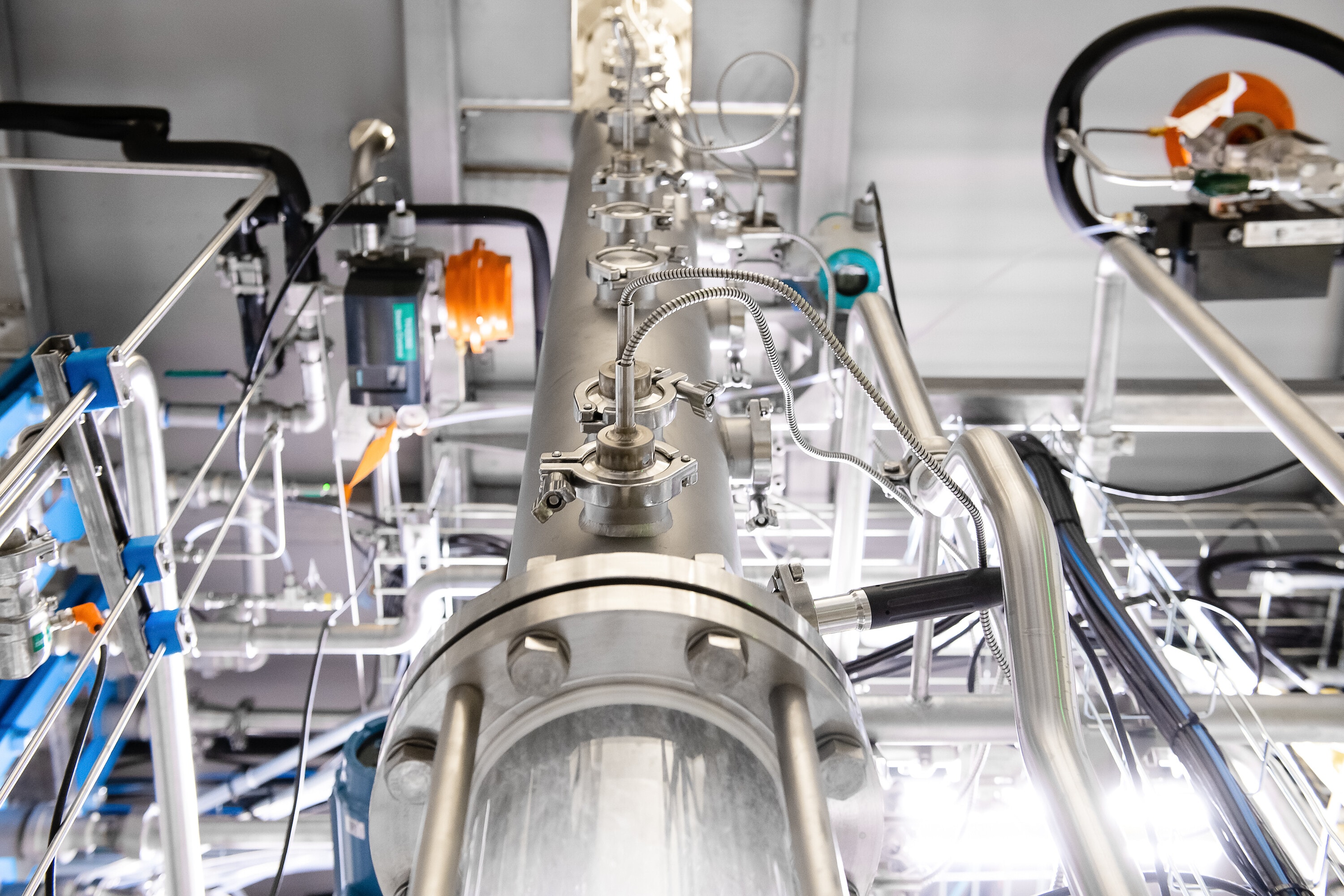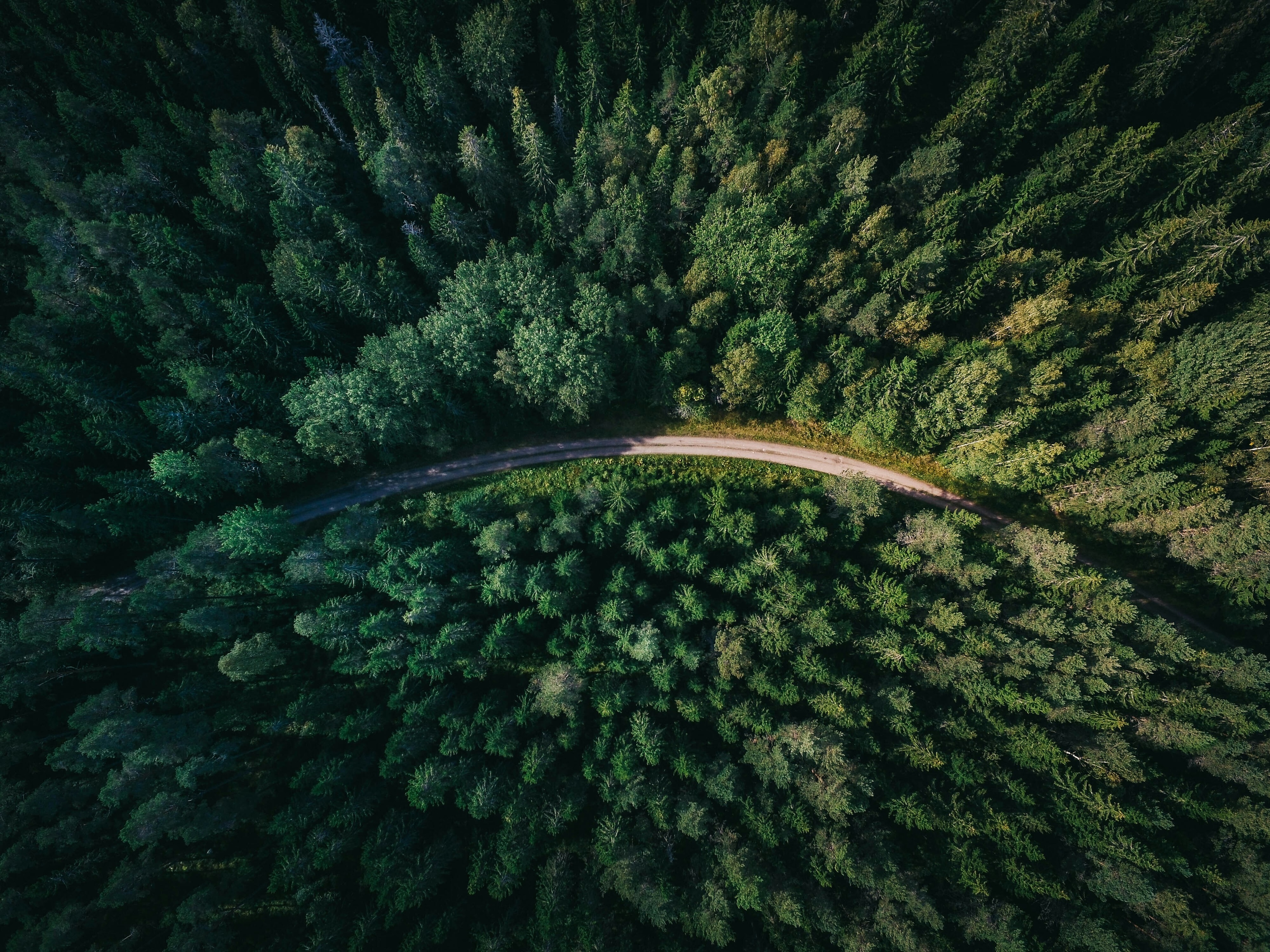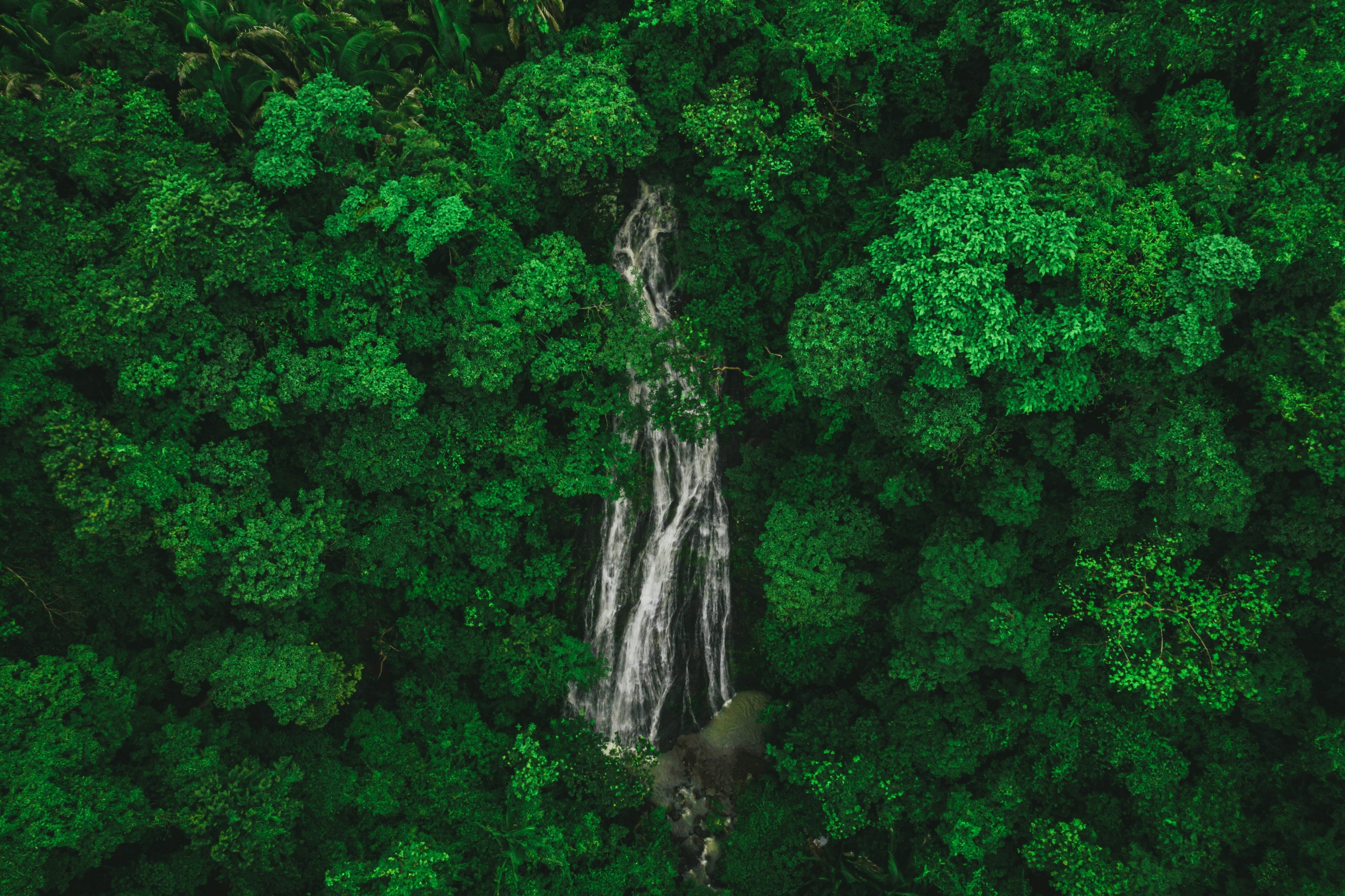Freshwater lakes emit a dangerous amount of carbon – and it’s only going to get worse

Scenic, but an enormous natural producer of carbon. Image: Photo by Giammarco Boscaro on Unsplash

Get involved with our crowdsourced digital platform to deliver impact at scale
Stay up to date:
Future of the Environment
- Research reveals that microbes in lakes release as much as 25% of the net carbon from Earth's surface into the atmosphere
- It's surprising given lakes only cover 4% of the planet's land surface
- The more organic matter there is in lakes - including fallen leaves - the more carbon is emitted
- Managing land near lakes could help reduce carbon emissions
Lakes and ponds are the final resting place for many of the Earth’s plants. Rivers collect much of the planet’s dead organic matter, transporting it to rest in calmer waters.
But on a microscopic scale, lakes are anything but calm. An invisible metropolis of microbes feeds on these logs and leaves, producing greenhouse gases as a byproduct.
As a result, lakes may be responsible for as much as a quarter of the carbon in the atmosphere – and rising. New research conducted with my colleagues in Cambridge, Germany and Canada suggests that emissions from freshwater lakes could double in the coming decades because of climate change.
All known life on Earth is made of carbon. When plants and animals reach the end of their lives, microorganisms such as bacteria and fungi come to feast. They feed on the carbon-based remains of other organisms and their waste products — collectively known as organic matter.
As a byproduct of this never-ending feast, microbes release gases such as carbon dioxide and methane into the environment. While each individual microbe releases a minuscule amount of gas, they are the most abundant organisms on Earth, so it adds up. Energy from sunlight can also break the chemical bonds between molecules of organic matter, releasing smaller molecules, such as carbon dioxide, into the environment.

Some of this degradation happens on the forest floor. But much of the organic matter that falls to the ground ends up in the water. Winds, rain and snow transport it into lakes, or more often into the rivers that feed them.
The amount of greenhouse gases released from lakes by microbes and sunlight is huge. Initial estimates were about 9% of the net carbon released from the Earth’s surface to the atmosphere – that is, the amount released over and above the Earth’s carbon-storing processes.
But, thanks to improved measurements, recent research has revised the figure to as high as 25%. These numbers are substantial given that that lakes only comprise about 4% of the global land surface.
In the coming years, lakes will receive more and more organic matter for microbes to digest. A warming climate will bring more forest cover around lakes and a greater proportion of broad-leaved trees, such as maples and oaks, as compared to needle-leaved trees, such as pines.
Carbon in a thousand forms
To understand how changes to forests will alter the role that lakes play in the carbon cycle, we performed an experiment in two Canadian lakes.
We filled plastic containers with rocks, sand, clay and different amounts and types of organic matter from nearby forests. This was intended to mimic the change in forest cover and composition expected from climate change.
We then submerged the containers in shallow lake waters where organic matter is most likely to accumulate and monitored them for three years.
Using new techniques to analyse the carbon chemistry of water, we found that those containers simulating a level of forest growth expected in the next few decades led to between 1.5 and 2.7 times more greenhouse gases in the water than conditions simulating today’s forest conditions.
The invisible diversity of organic compounds in the water was the most important factor causing this rise – even more important than the diversity of microbes and the overall amount of organic matter.
The likely explanation for this result is that the same microbes can feed on many different types of molecule. So as the number of carbon-based compounds in the water increases, there are more ways for microbes to feed and release greenhouse gases.

The increase in diversity of organic matter alone was enough to raise greenhouse gas concentrations by about 50%. But the size of this effect nearly doubled in containers with darker overlying waters – a scenario expected in most lakes as climate change brings increased tree cover.
Accurately tracing how carbon makes its journey from land to atmosphere is vital to predict the pace of climate change and mitigate its effects. By better understanding how the vegetation around lakes controls greenhouse gas concentrations in waters, our research can inform whether changing the way we manage land near lakes could help reduce carbon emissions.
For example, we might want to plant fewer aquatic plants such as cattails in lakeside areas, because they produce much higher concentrations of greenhouse gases than organic matter from forests.
Work also remains to understand fully the role lakes play in the carbon cycle. Not all organic matter that reaches lakes is digested by microbes. Some sinks to the lake floor to form muddy sediment, locking away carbon. The amount of sediment formed will also increase with climate change, but we don’t yet know by how much – and so to what degree this increase in stored carbon will offset the increased greenhouse gas emissions from lakes.
Answering this question will be crucial in improving the accuracy of carbon accounts – and assessing how much time humanity has to balance them.
Don't miss any update on this topic
Create a free account and access your personalized content collection with our latest publications and analyses.
License and Republishing
World Economic Forum articles may be republished in accordance with the Creative Commons Attribution-NonCommercial-NoDerivatives 4.0 International Public License, and in accordance with our Terms of Use.
The views expressed in this article are those of the author alone and not the World Economic Forum.
Related topics:
The Agenda Weekly
A weekly update of the most important issues driving the global agenda
You can unsubscribe at any time using the link in our emails. For more details, review our privacy policy.
More on Nature and BiodiversitySee all
Dan Lambe
April 24, 2024
Roman Vakulchuk
April 24, 2024
Charlotte Kaiser
April 23, 2024
Jennifer Holmgren
April 23, 2024
Agustin Rosello, Anali Bustos, Fernando Morales de Rueda, Jennifer Hong and Paula Sarigumba
April 23, 2024
Carlos Correa
April 22, 2024






